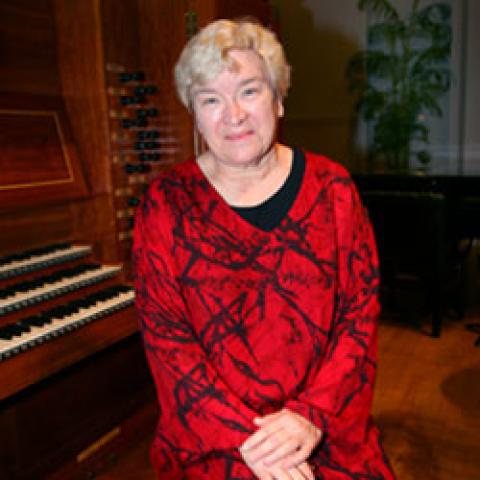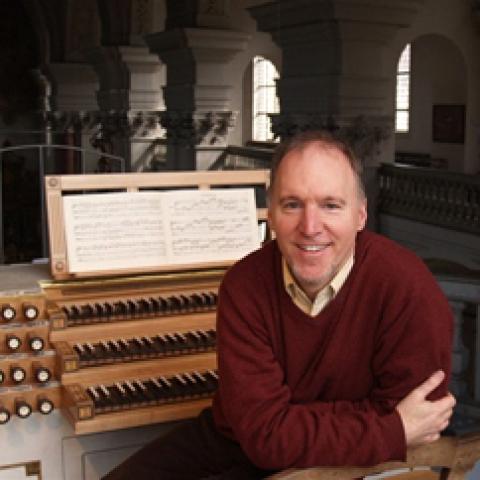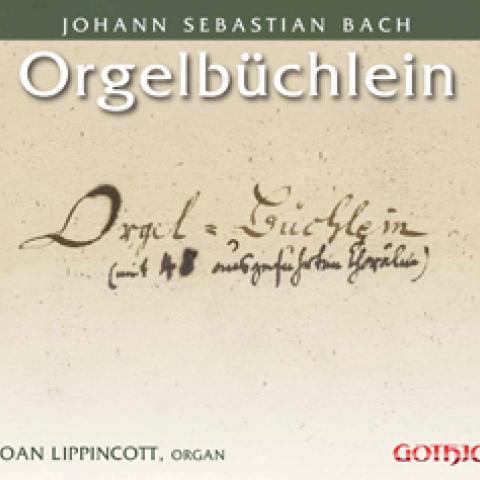
Loft Recordings announces release of a set of five CDs recorded by Robert Bates: Correa in the New World: Complete Organ Works of Francisco Correa de Arauxo (1584–1654).
The first recording of the complete works of this composer in the New World, the music is performed on historical organs of the 18th and 20th centuries: Cathedral, Oaxaca, Mexico; Santa María de la Asunción, Tlacolula, Mexico; San Jerónimo, Tlacochahuaya, Mexico; Pacific Lutheran Theological Seminary, Berkeley, California; and Mission San José, Fremont California.
For information: www.gothic-catalog.com.





